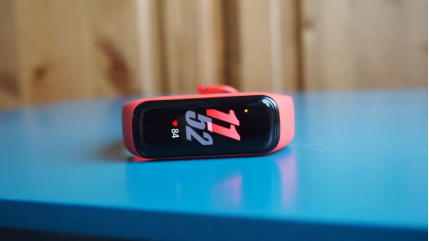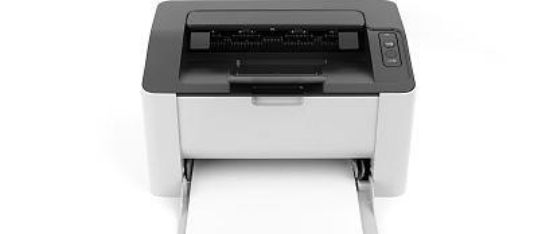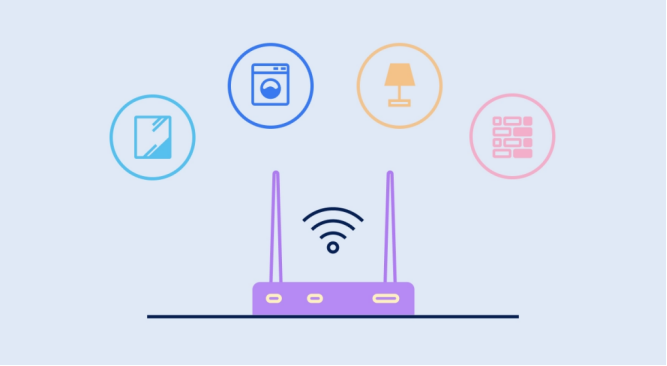What Makes a USB Cord Compatible with Your Device?
USB cords are the essential lifelines that power our devices and transfer our data in our connected world. However, with the myriads of cable types available, selecting the right one can be confusing. Using an incompatible or low-quality USB cord can lead to slow charging, failed data transfers, or even potential damage to your valuable electronics. True compatibility extends beyond simply fitting the physical port; it encompasses the supported charging protocols, data transfer speeds, and power delivery capabilities. This guide will demystify USB cord compatibility, empowering you to make informed choices and ensure optimal performance and safety for all your devices, from smartphones and tablets to laptops and peripherals.
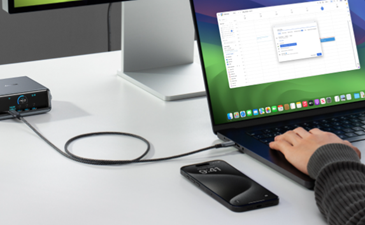
Physical Connector Types: The First Check
Common USB Connector Shapes and Their Uses
The most immediate aspect of compatibility is the physical connector. The USB-A connector is the rectangular-shaped plug that has been the standard for computers, wall chargers, and car adapters for years. The smaller USB-B and its variant, Micro-USB, were once common for smartphones, older tablets, and peripherals like printers. Today, the oval-shaped, reversible USB-C connector has become the modern standard for new smartphones, tablets, and laptops due to its convenience and advanced capabilities. Finally, Apple's proprietary Lightning connector is found on iPhones, iPads, and AirPods. Identifying the correct connector required by your device's port is the essential first step in ensuring basic compatibility.
USB-C is Becoming the Universal Standard
USB-C represents a significant leap forward in connector design. Its reversible nature eliminates the frustration of trying to plug it in the wrong way. More importantly, it is a powerful and versatile port capable of handling everything from charging and high-speed data transfer to supporting external monitors and audio, all through a single, compact connector. This universality means you can often use the same USB-C to USB-C cable to charge your laptop, tablet, and smartphone, significantly reducing cable clutter. As the industry consolidates around this standard, USB-C is quickly becoming the one cable that can connect and power almost all your modern devices.
Charging Capabilities and Power Delivery
Understanding Wattage and Fast Charging Protocols
Not all USB cords support the same charging speeds. A cable's ability to carry power is measured in watts (W), which is determined by the voltage (V) and current (A) it can safely handle. Standard cables may only support slower charging (e.g., 5V/2.4A, or 12W). For fast charging, the cable must be capable of supporting higher-wattage protocols like USB Power Delivery (PD) or Qualcomm Quick Charge (QC). For instance, to fast-charge a modern laptop or high-end phone, you need a cable rated for at least 60W or 100W. Using a cable not designed for high wattage will bottleneck the charging speed, even if you have a powerful charger.
The Importance of Power Delivery (PD) Compatibility
USB Power Delivery (PD) is a sophisticated communication protocol that allows a device and a charger to negotiate the optimal power level for fast and efficient charging. For a USB-C cable to support PD charging, it must contain a special chip that enables this "handshake." A cable without this capability will default to a basic, slower charging speed. If your device, such as a recent MacBook or high-end Android phone, supports PD fast charging, it is crucial to use a cable that is explicitly certified for USB-PD to unlock its full potential. This ensures not only speed but also a safe and managed charging process.
Data Transfer Speeds and Cable Specifications
USB Generations: From USB 2.0 to USB4
Beyond charging, a key function of a usb cord is data transfer, and speeds vary dramatically across different cable specifications. A cable with USB 2.0 capabilities offers a maximum speed of 480 Mbps, which is fine for basic file transfers but slow for large video files. USB 3.0 and later generations (USB 3.1, 3.2) offer significantly higher speeds, ranging from 5 Gbps to 20 Gbps. The latest standard, USB4, can reach speeds up to 40 Gbps, rivaling Thunderbolt connections. It's important to note that the physical USB-C connector does not automatically guarantee high-speed data transfer; the internal wiring and construction of the cable determine its performance tier.
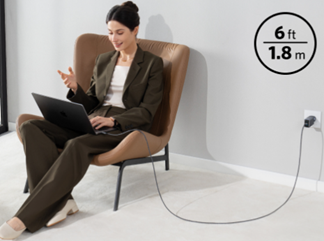
Identifying a Cable's Capabilities
How can you identify a cable's specs? Often, high-speed USB 3.0+ cables will have a blue plastic tab inside the USB-A connector or be labeled with "SS" (SuperSpeed). For USB-C cables, look for logos or printed text on the cable jacket indicating its certification, such as "USB 3.2" or "USB4." Thunderbolt cables, which use a USB-C connector, are typically marked with a lightning bolt icon and offer the highest performance for data and video. When purchasing a new cable, always check the product description for its supported USB standard to ensure it meets your needs for syncing large media libraries or transferring data quickly.
Conclusion
Choosing a compatible USB cord requires attention to three key areas: the physical connector type, the supported charging protocols and wattage, and the data transfer speed specifications. By matching the cable's capabilities to your device's requirements, you ensure efficient charging, fast data syncing, and overall safety. Investing in high-quality, certified cables from reputable manufacturers is crucial for protecting your devices and achieving optimal performance. As technology continues to evolve towards the universal USB-C standard, understanding these principles will empower you to select the perfect cord for every device in your ecosystem, keeping you seamlessly connected and powered.



